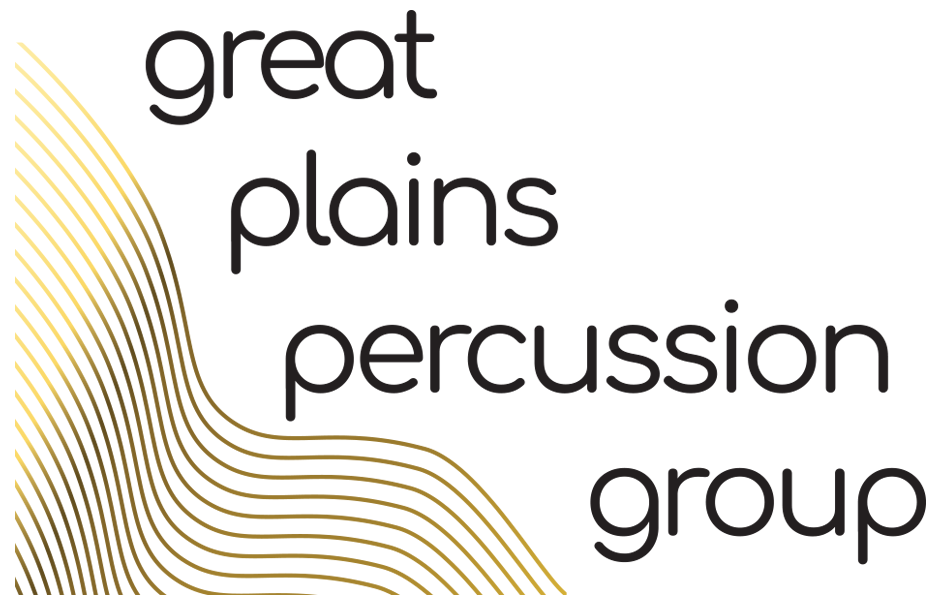Projects
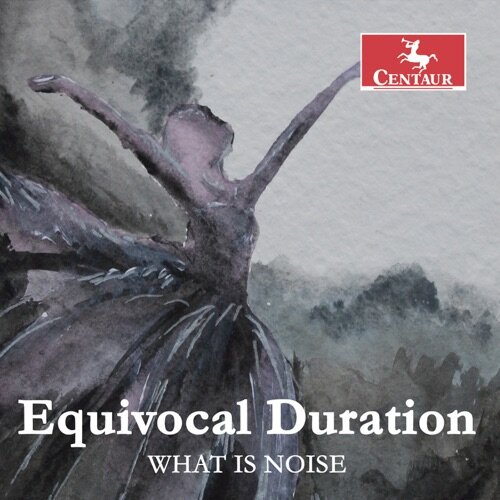
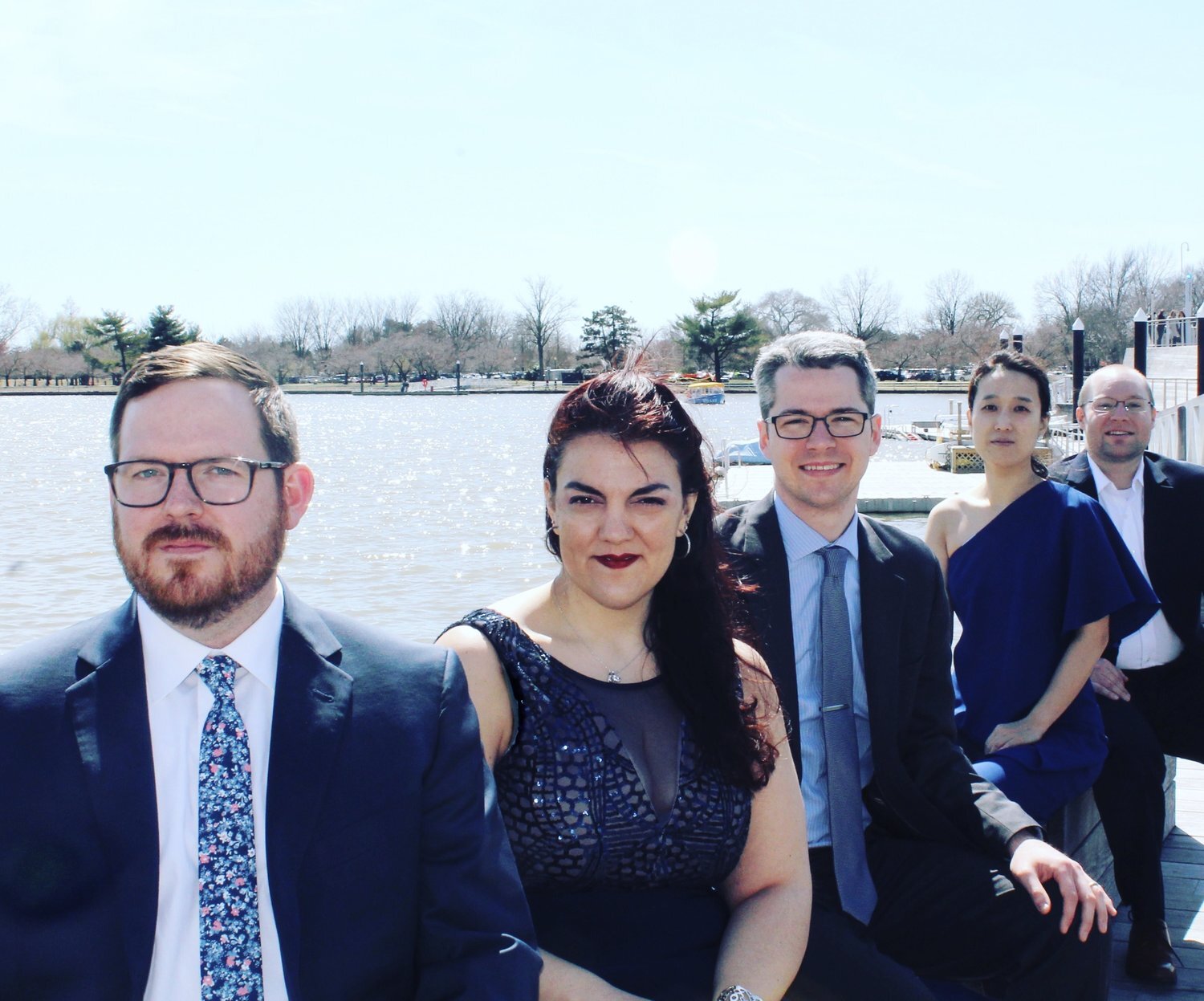
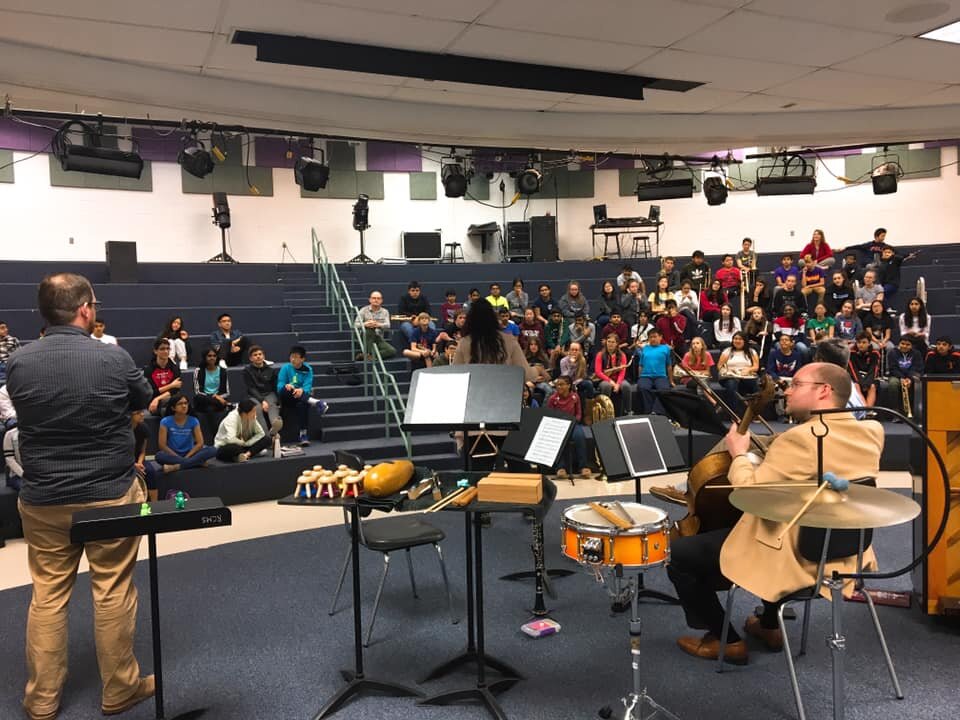
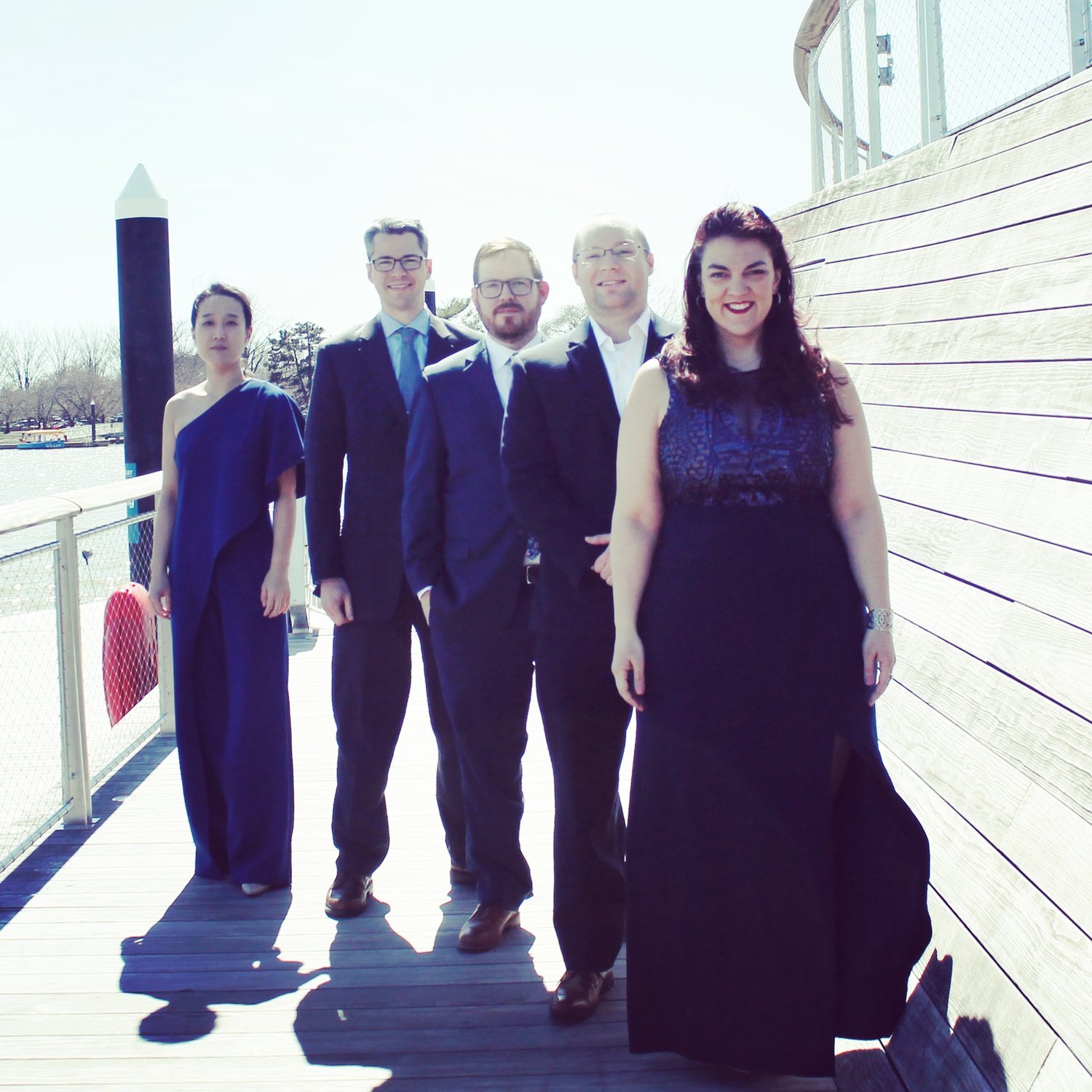
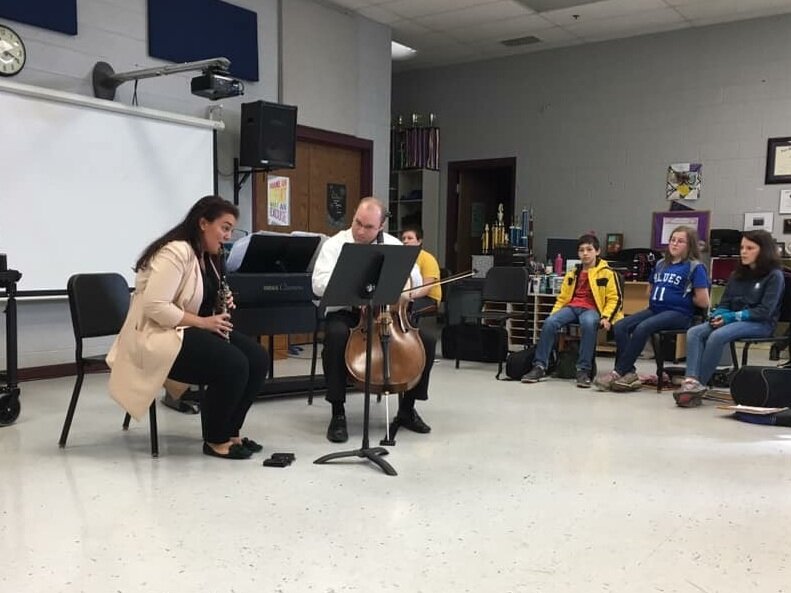
What Is Noise is an award-winning ensemble that has performed throughout the United States. The ensemble made its Carnegie Hall debut in May of 2014 as part of their “American Stories” concert tour that included performances in Florida, South Carolina, North Carolina, Virginia, and New York. Their debut album “Equivocal Duration” was released in 2019 through Centaur Records. What Is Noise is a 501(c)(3) non-profit organization that is passionate about building community through music by performing culturally relevant concerts that connect audiences with musicians and composers of their time. The sextet remains a strong advocate for new music and educational outreach.
Excerpt from Kindling - Charles Peck Performed by What Is Noise
Video - Phil Weaver Audio - Matt Westmeyer Production Assistant - Mandi Cook
University of Alabama - Huntsville June 2019
Great Plains Percussion Group
We're the Great Plains Percussion Group: a consortium of percussionists dedicated to the art of performing percussion music.
Music for Solo Performer by Alvin Lucier
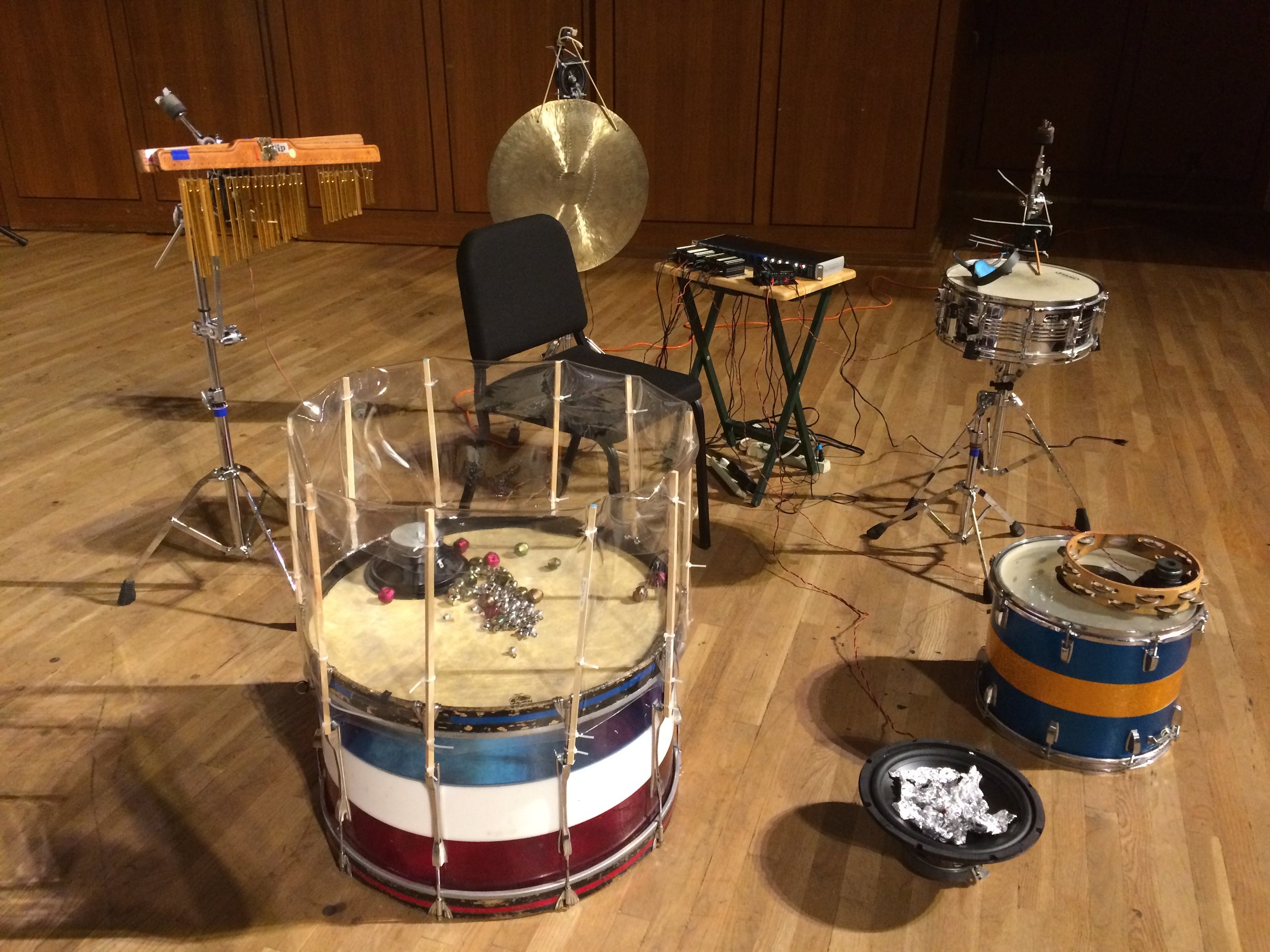
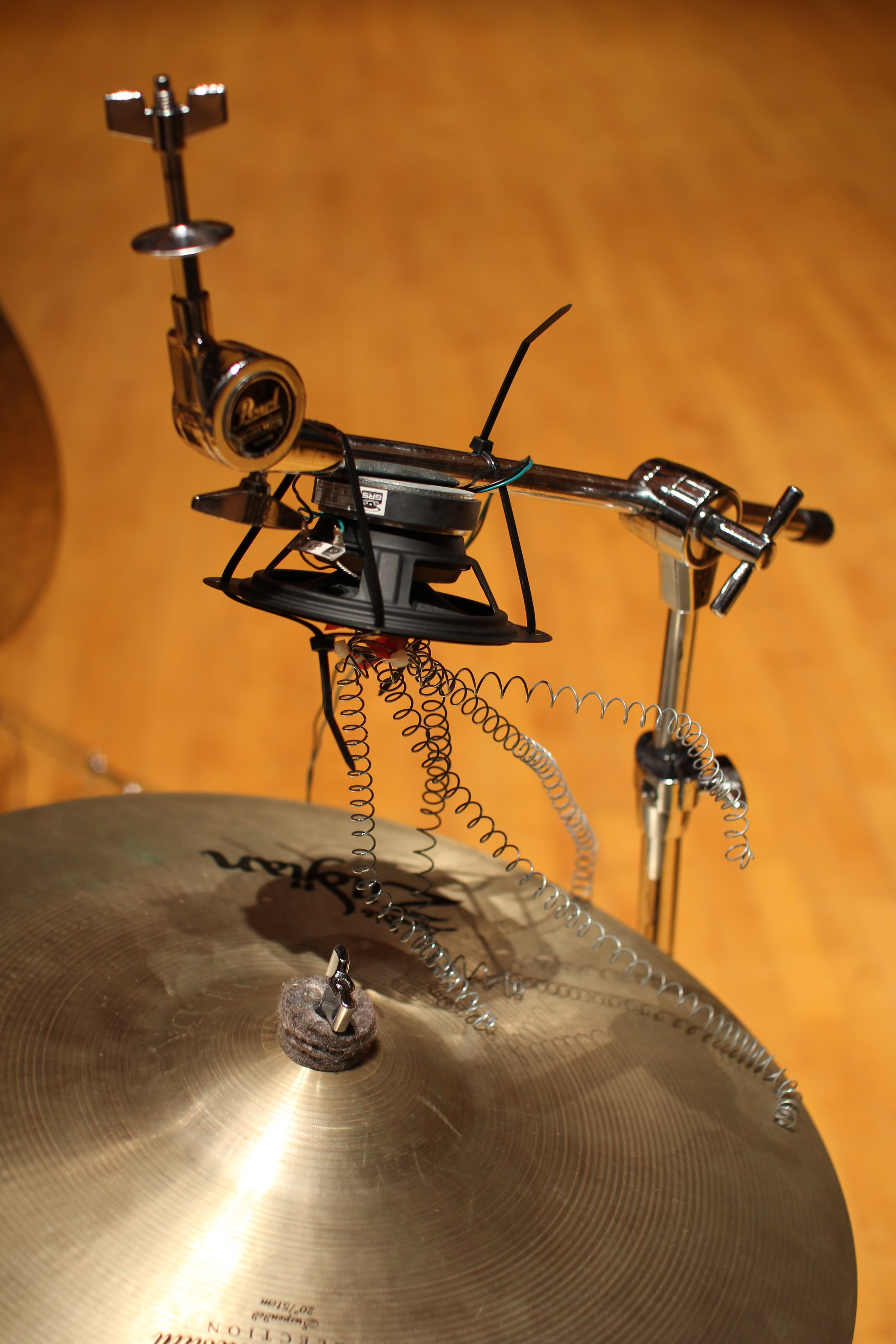
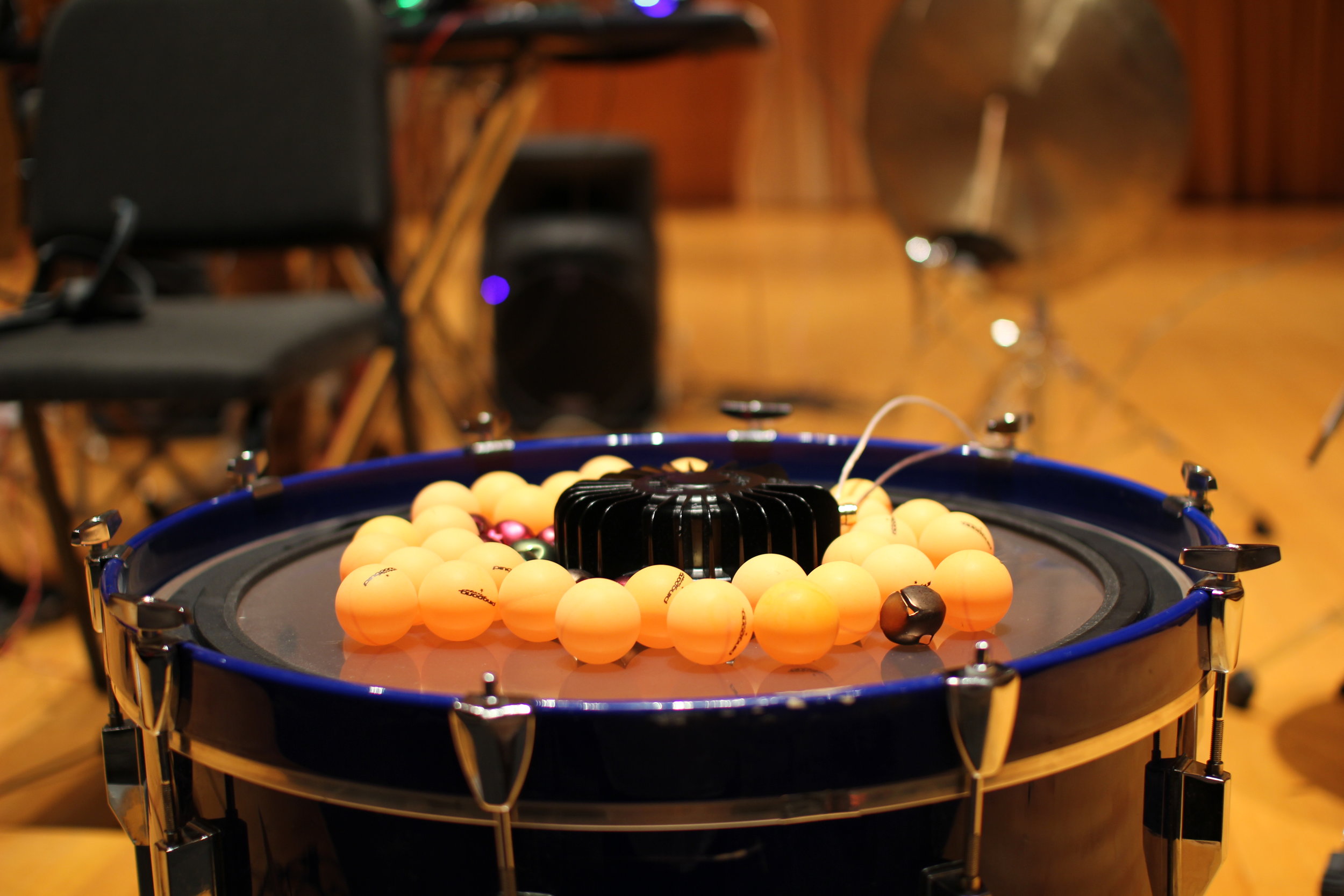
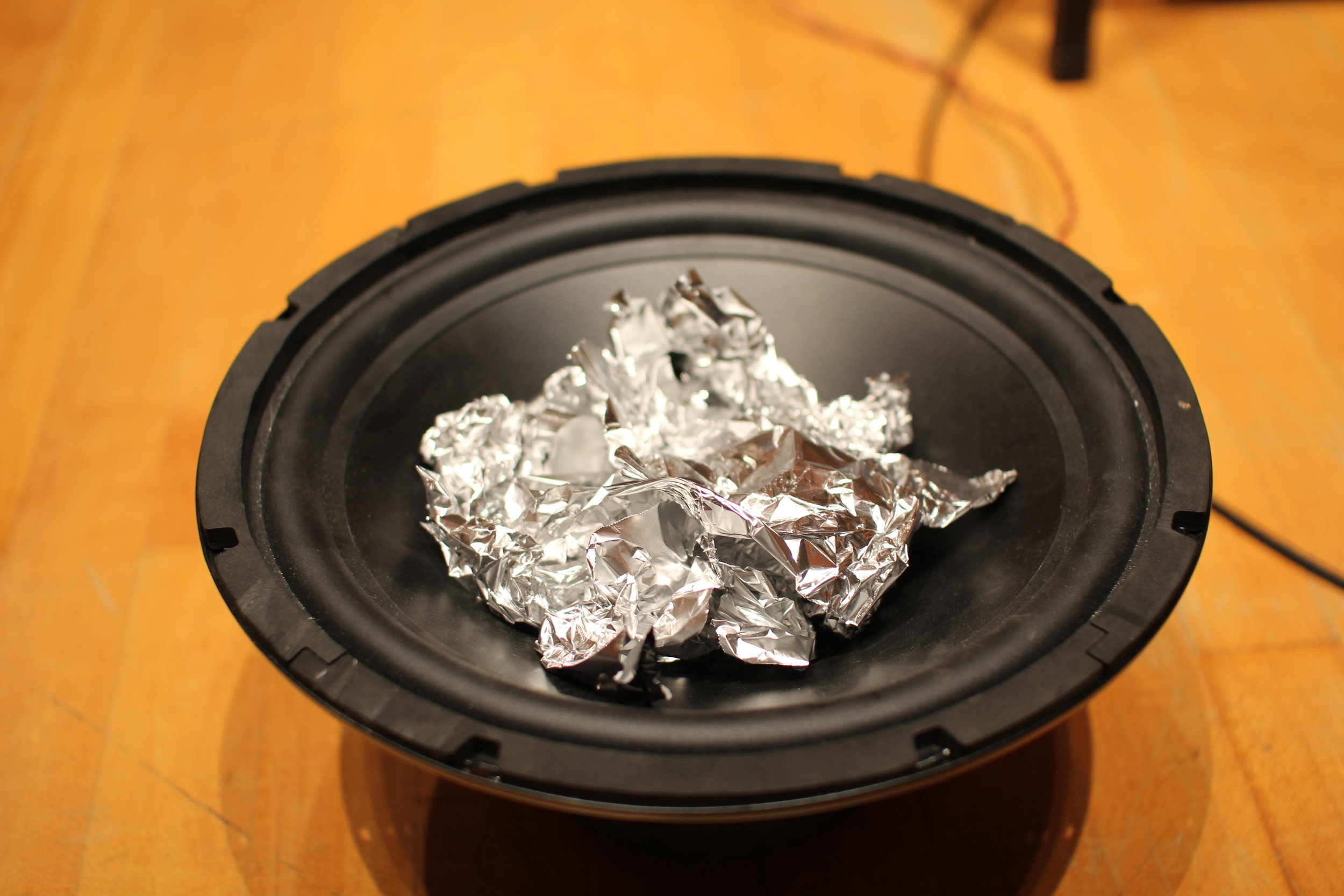
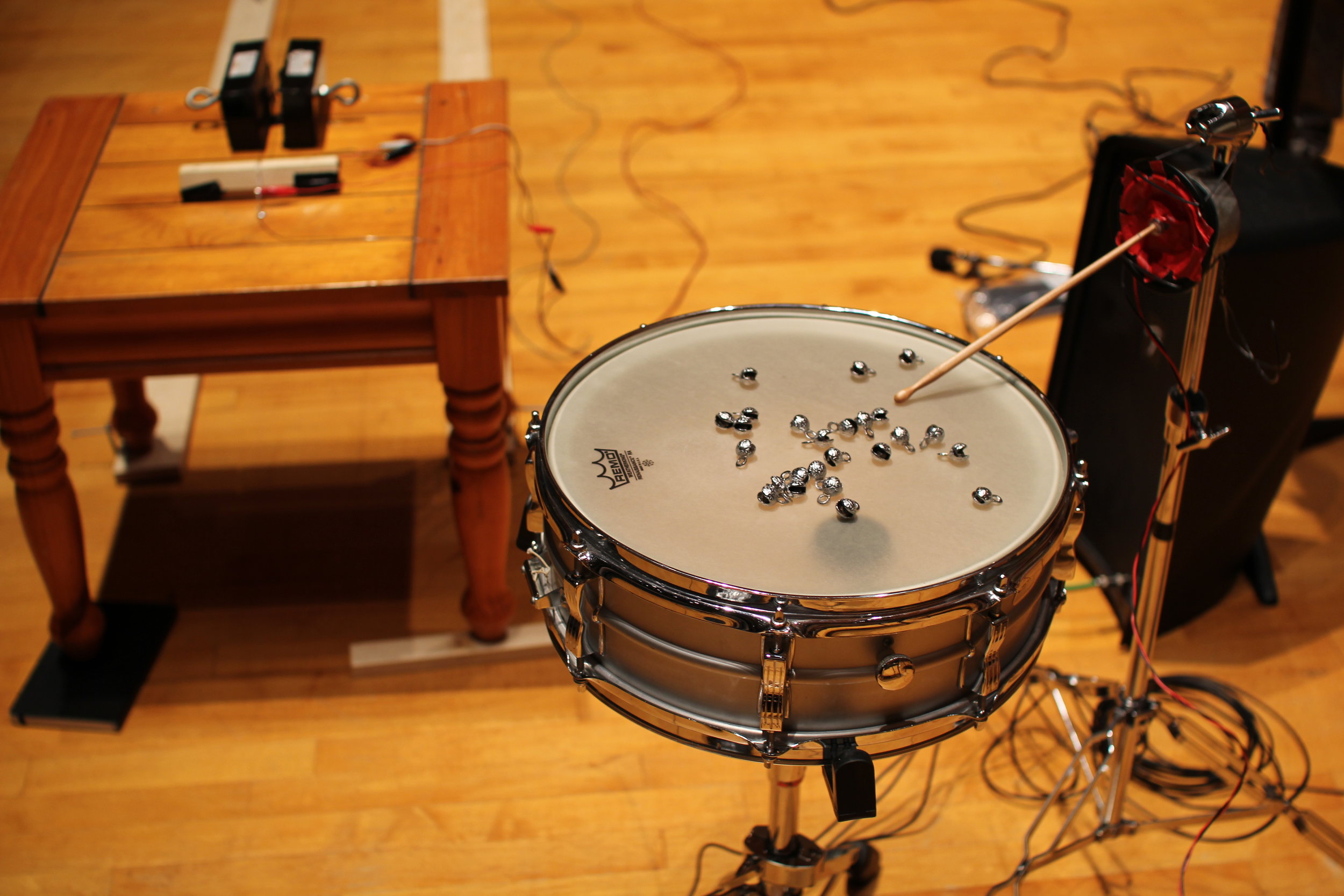
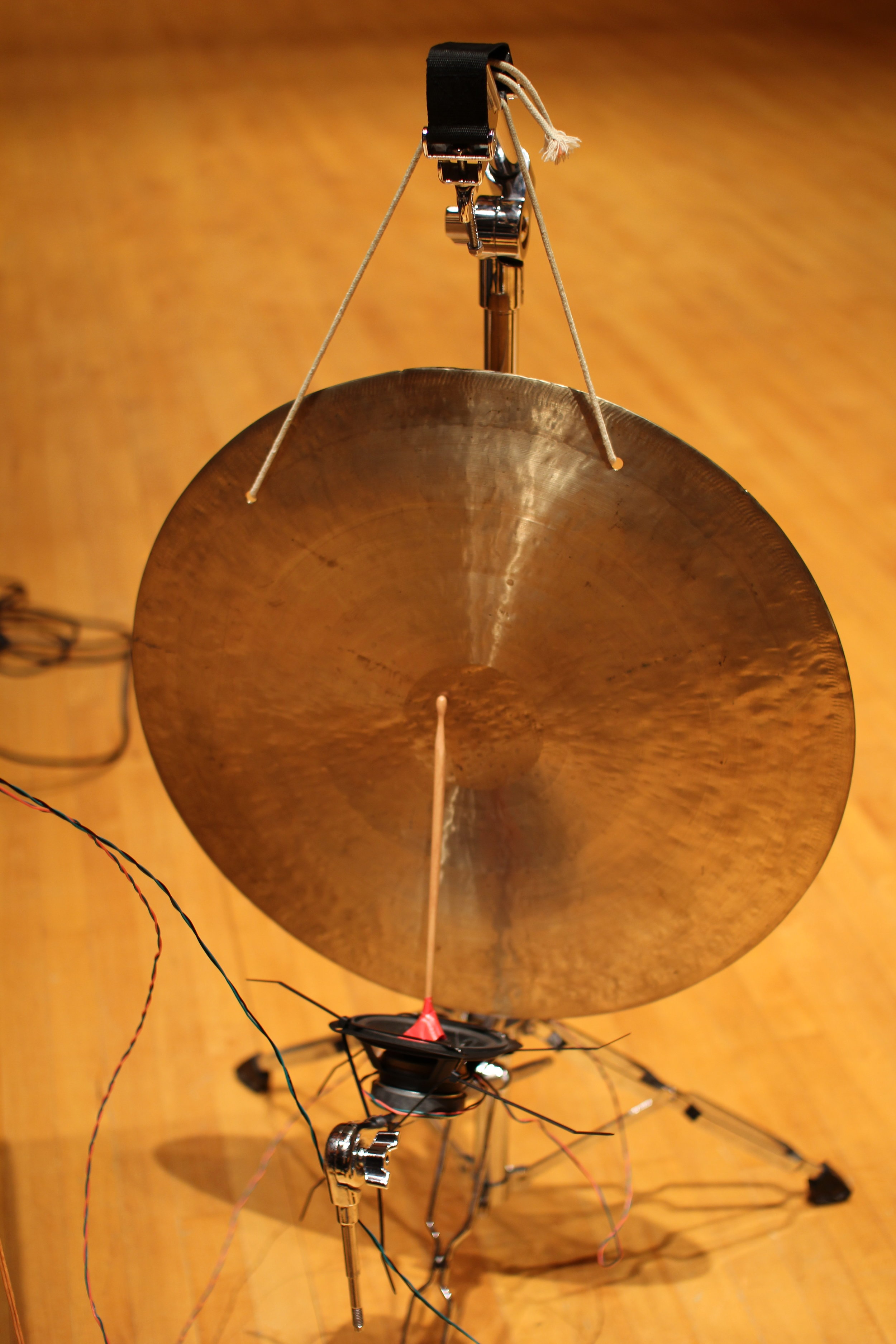
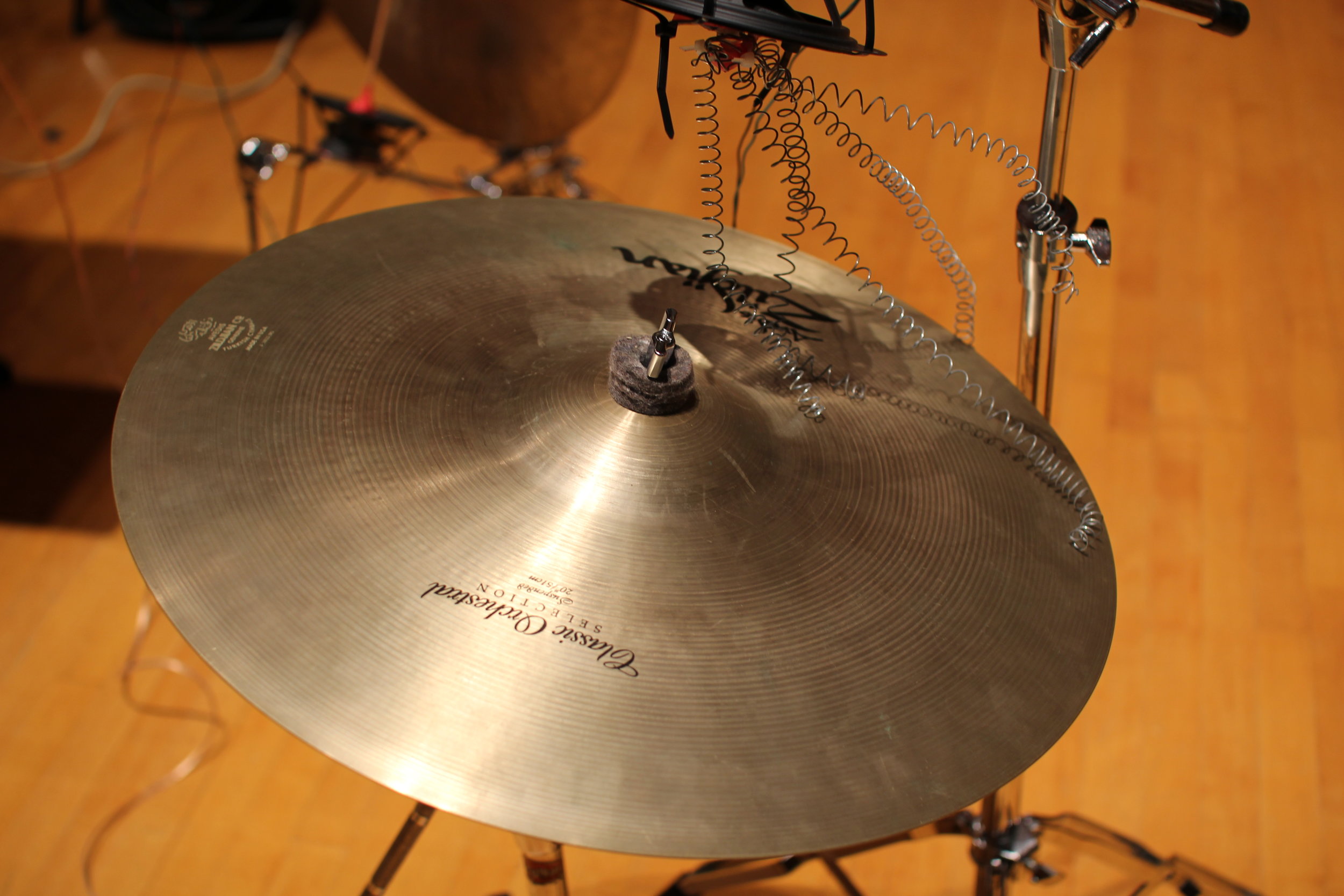
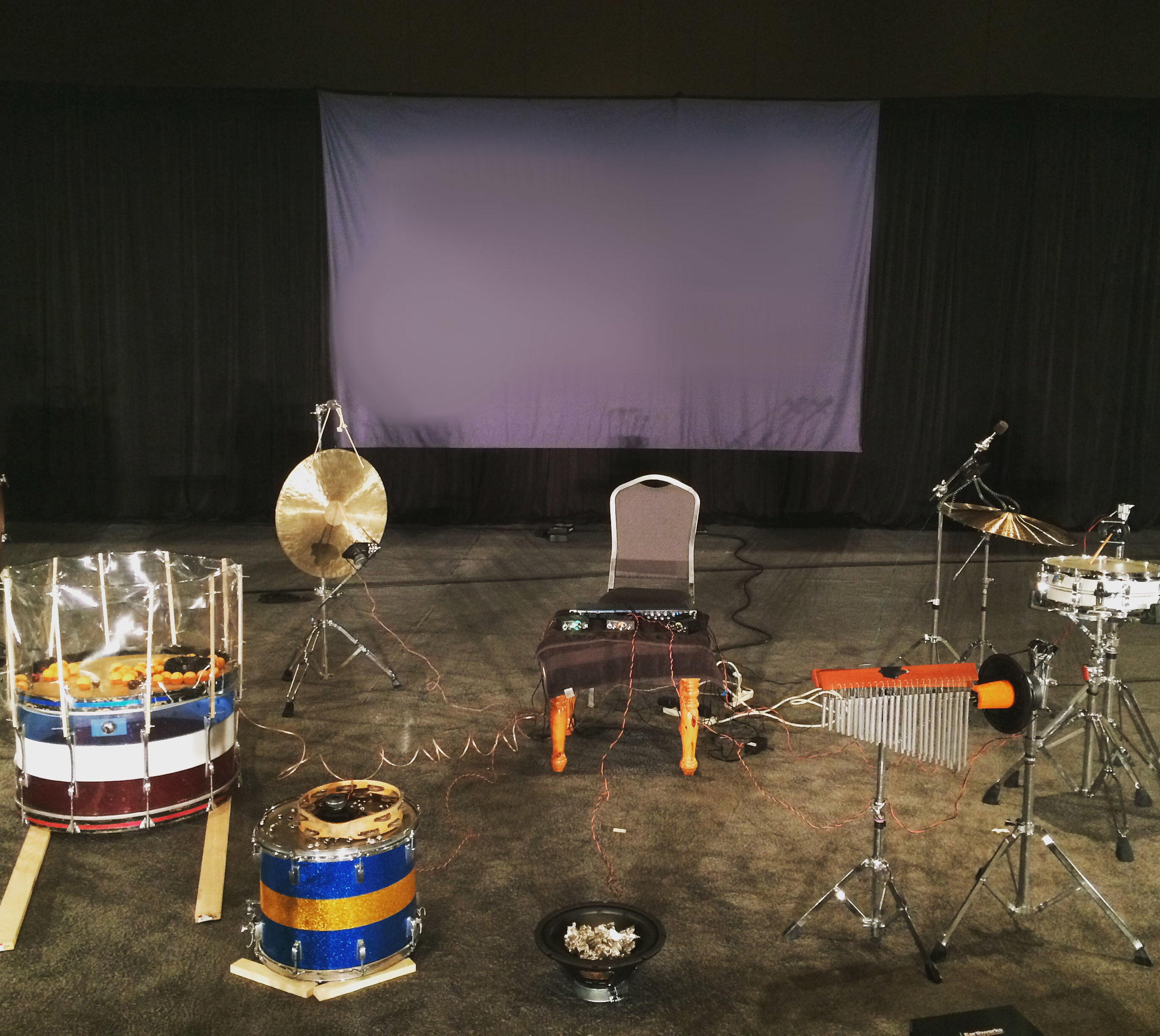
Alvin Lucier’s landmark piece Music for Solo Performer was written for amplified brain waves and percussion. Lucier first conceived the idea for this work through conversations with physicist Edmond Dewan, who at the time was conducting brainwave research for the Air Force in Bedford, Massachusetts. The entire piece is void of physical gesture or motion and instead relies on the amplified alpha brainwaves of the performer which trigger stereo speakers attached to various percussion instruments. The cones of the speakers follow the rhythm of the alpha waves which in turn causes the percussion instruments to sound, either by hitting them directly or vibrating the air around them. Because alpha waves are only produced in a state of calm, the most fascinating element of this piece results from the understanding that only the complete relaxation of the performer makes this work possible, thus serving as a reminder that the most profound percussive gesture is not always physical.
Dr. Hendricks's performances of Music for Solo Performer include:
2015 Percussive Arts Society International Conference in Austin, TX
Sam Houston State University in Houston, TX
The University of Texas at Austin
Interference Series in Flagstaff, AZ
Music on a Long Thin Wire by Alvin Lucier
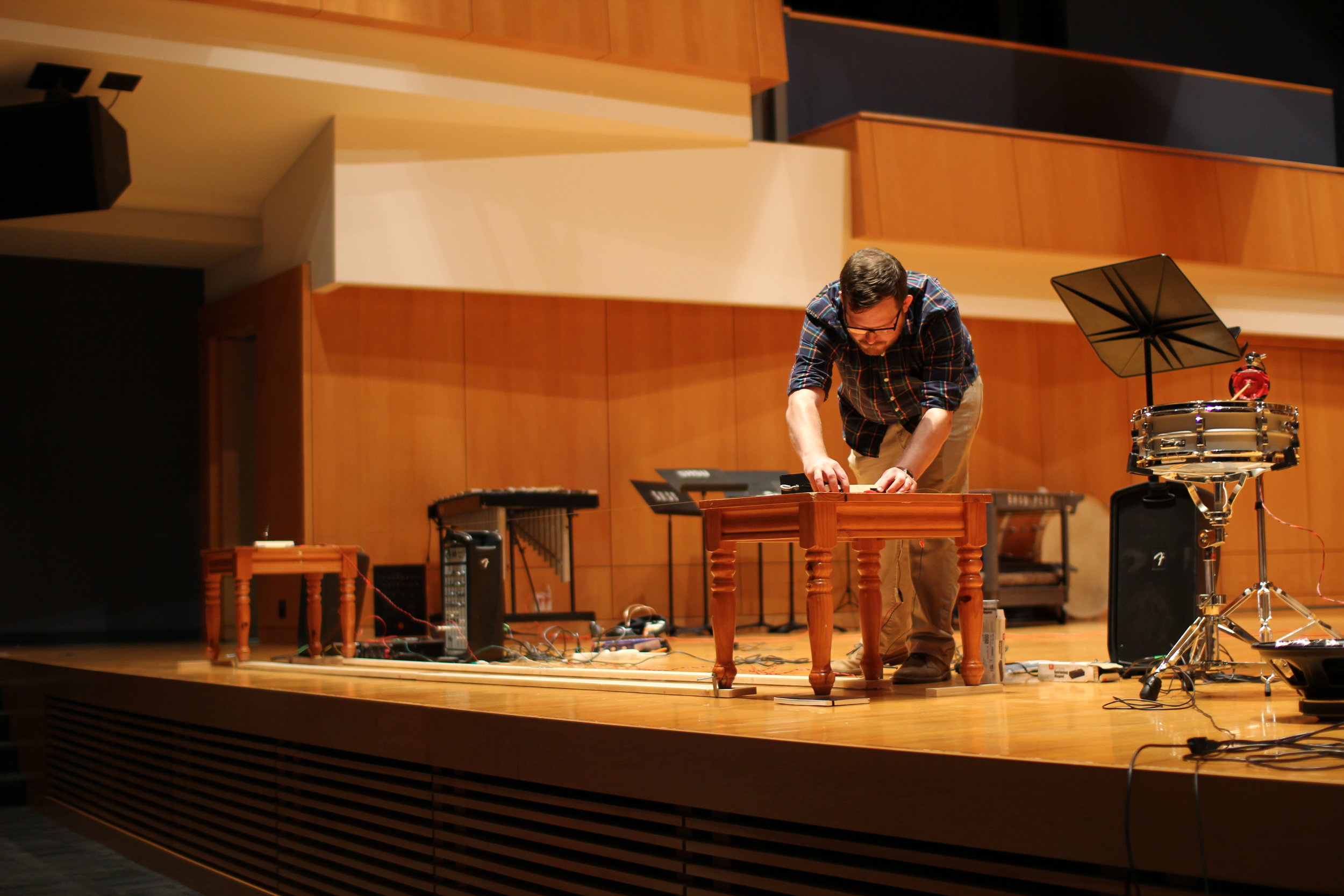
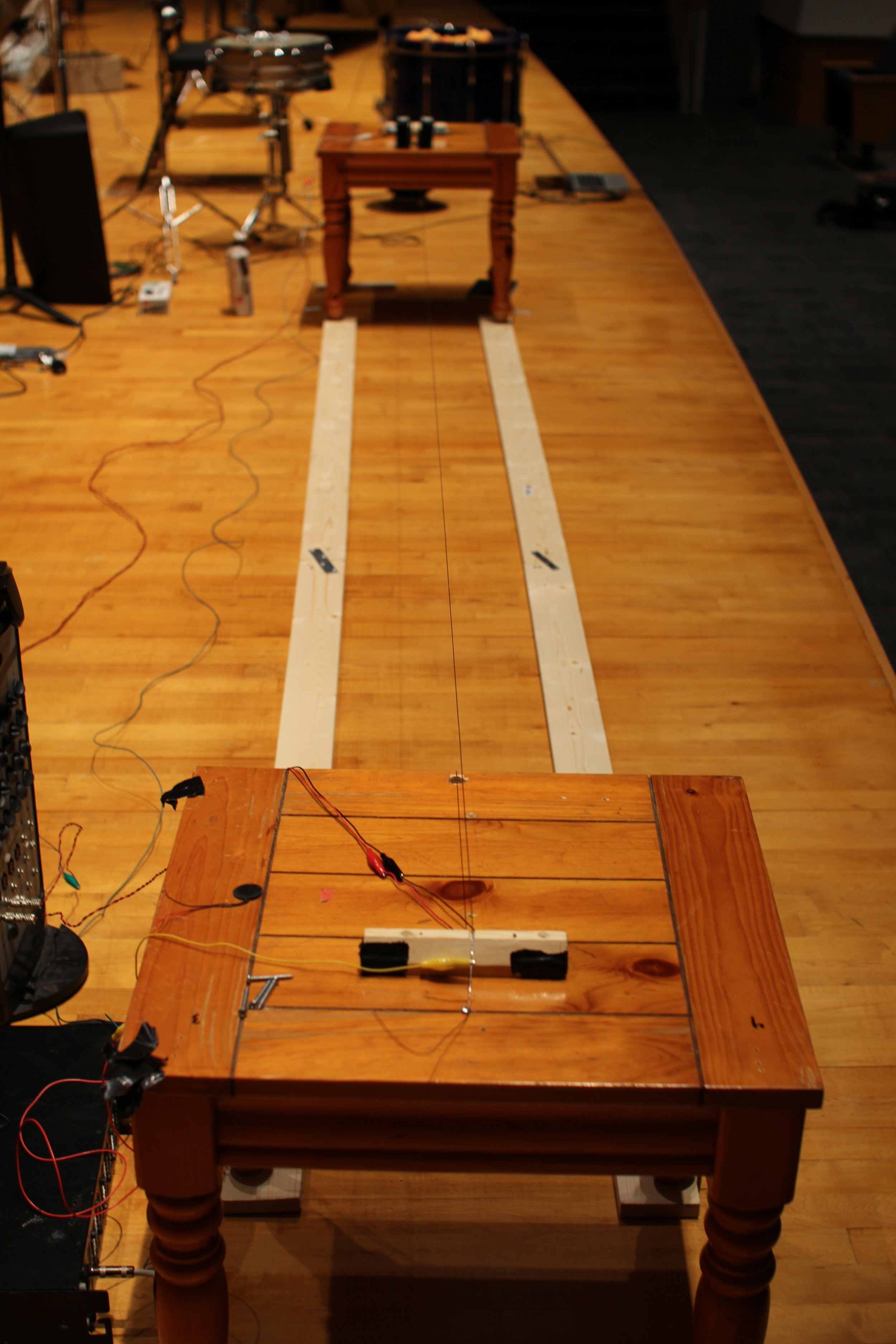

Music on a Long Thin Wire was composed in 1977 by Alvin Lucier. In this composition, Lucier instructs the performer to stretch a long musical wire between two wooden tables; the tuning and length of the wire is not specified. Wood bridges should be placed between the wire and the table with notches cut out for the wire. Contact microphones are then placed on these bridges and routed to an amplifier and loudspeaker. The ends of the wire should be sent to another amplifier creating a closed-circuit loop and an audio oscillator is played through this same amplifier in order to make the wire vibrate. Lastly, a horseshoe magnet should be positioned at one end of the wire, allowing it to pass directly between the two poles of the magnet which will create a flux field along the wire thus making the movements caused by the audio oscillator to be magnified. The wire should be tuned to a desired pitch and a tone should be found on the oscillator that best excites the wire.
Dr. Hendricks's performances of Music on a Long Thin Wire include:
Sam Houston State University in Houston, TX
The University of Texas at Austin
Ursonate by Kurt Schwitters, adapted by Keith Hendricks
Kurt Schwitters was a German painter born in Hanover, Germany in 1887. He is most well-known for his collages called Merz Pictures, though he worked in many other mediums such as Constructivism, Surrealism, poetry, sculpture and many more. The Ursonate is an early example of sound poetry in that it bridges the gap between literary and musical composition by emphasizing the phonetic aspects of human speech instead of the semantic or syntactic values of the text. The first movement is constructed in a rondo form alternating back and forth between familiar motivic phrases that are developed throughout the movement. In this rendition I have adapted Kurt Schwitters's poem for table top percussion with instruments chosen to emulate and reinforce the phonetic qualities of this sound poem.
Dr. Hendricks's performances of Ursonate include:
University of Cincinnati - College-Conservatory of Music
The University of Texas at Austin

